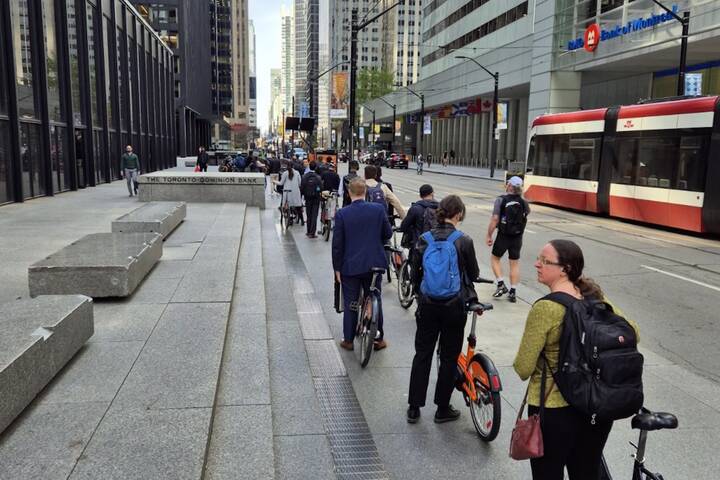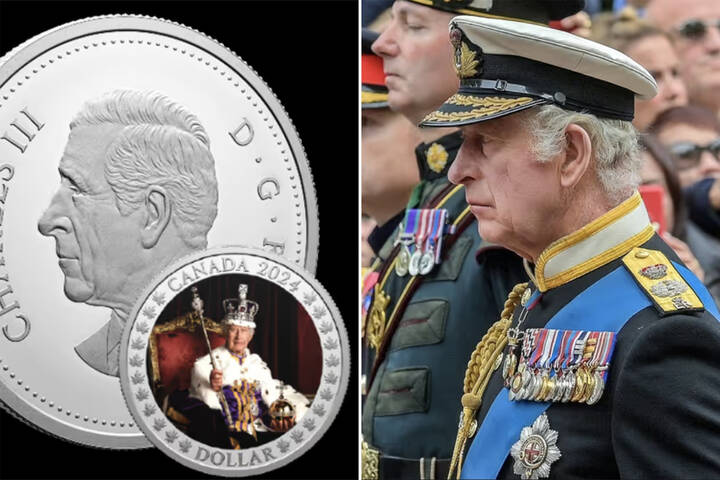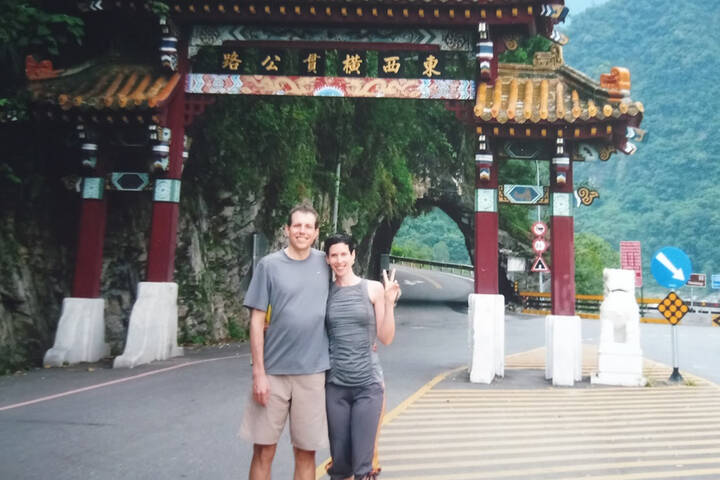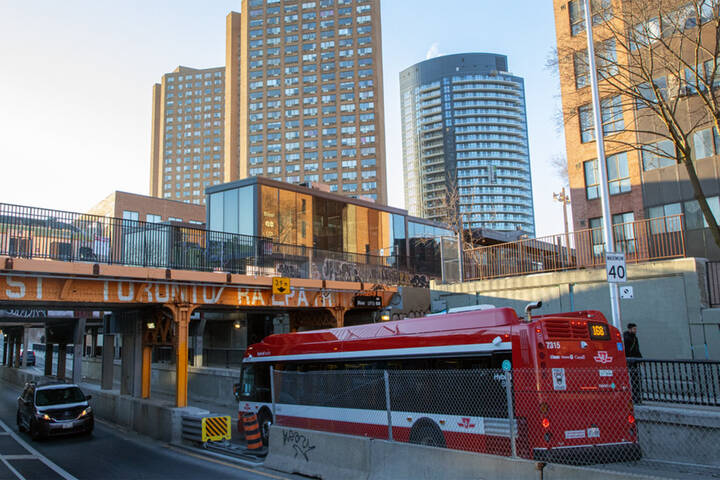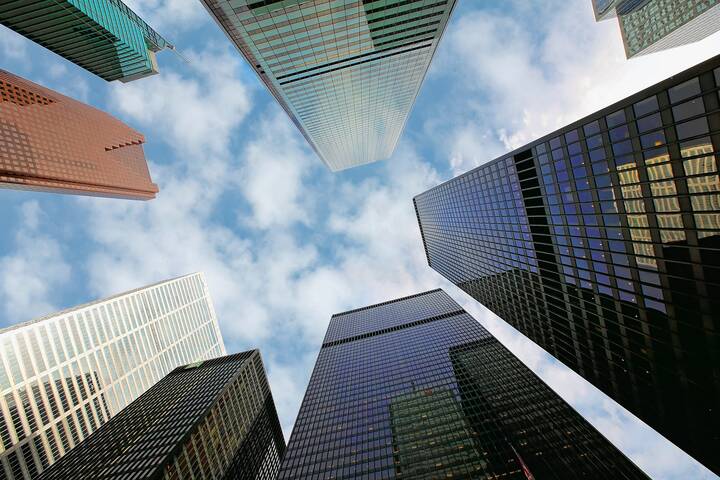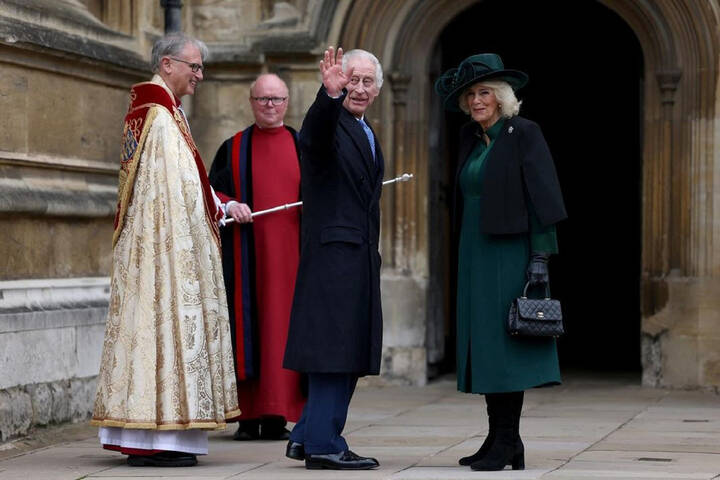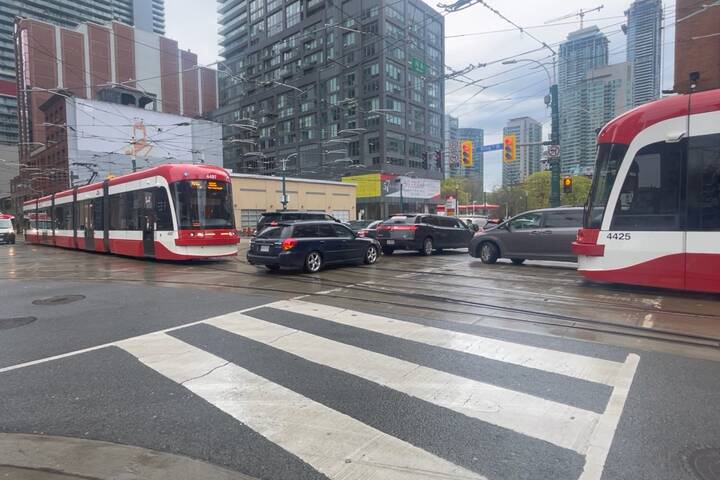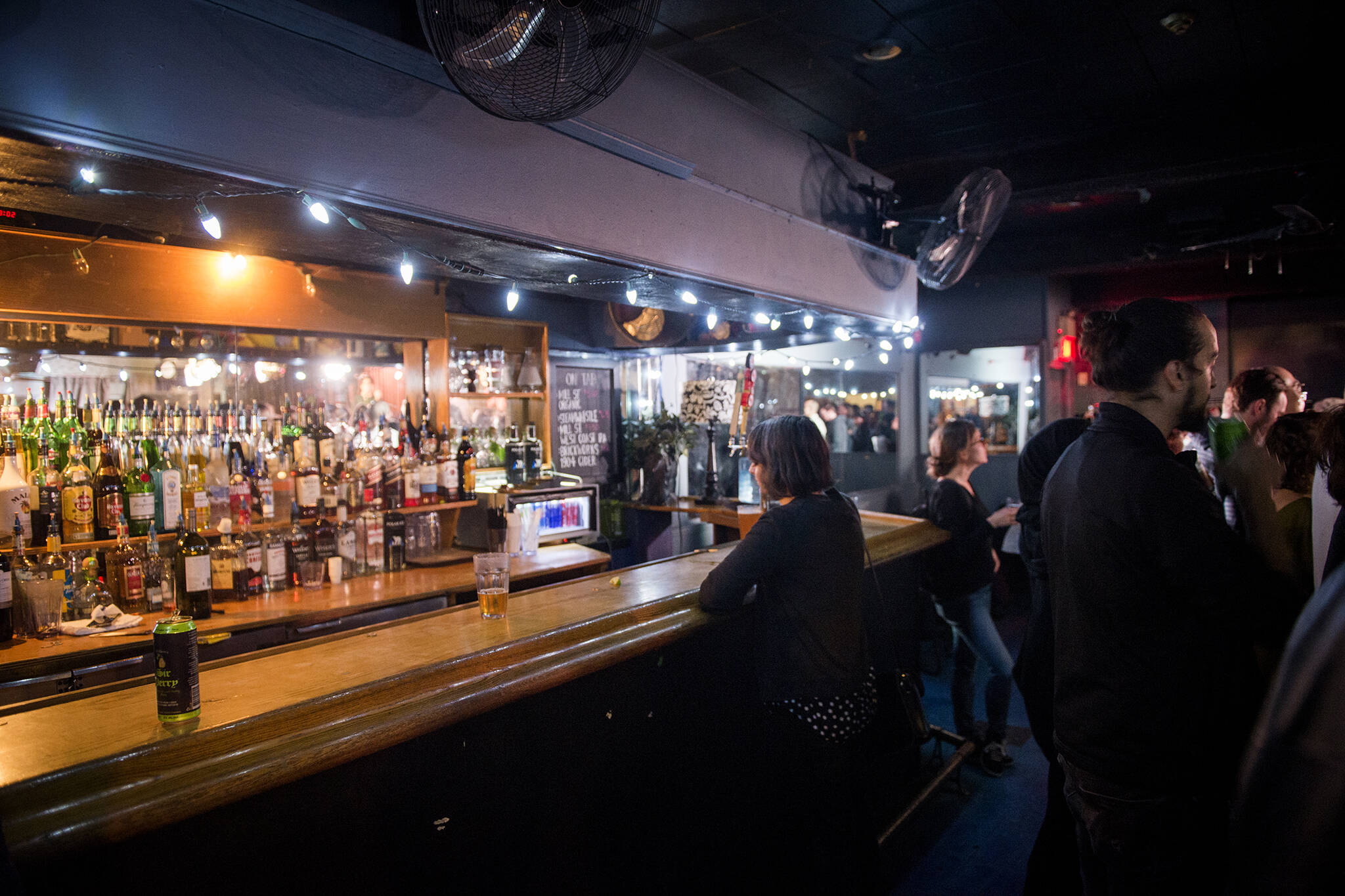
A guide to tipping in Toronto
Here's the thing about tipping: nobody is forced to do it unless they're eating at one of those "automatic gratuity added for large parties" restaurants.
If a law existed mandating that we tip our servers, hairdressers, cab drivers and delivery workers a certain amount of money, the point of throwing in a little something extra for excellent service would be lost.
But life would be so much easier.
Tipping comes as second nature to most people in Toronto. We don't think twice about tacking on some extra cash to our bills after dinner, but what about after a great massage? Or valet service? Or when an employee at your favourite burrito joint looks longingly at an empty tip jar on the counter in front of her and then sighs?
Deciding on how much to tip can be a challenge, too. If you found this article while frantically searching the web for tips on how much to tip the nail tech who gave you French tips, you know what I mean.
Here's a guide on giving gratuities in Toronto, from the everyday to the not-so-obvious.
Restaurant Servers
A lot of people hold firm that the universal standard is 15 per cent of one's bill, though some will argue that 20 per cent is more appropriate. A few restaurants have even experimented with forbidding tips altogether but this trend has largely fizzled out.
The riddle has become a bit easier to solve now that restaurants send debit and credit machines to tables with pre-determined tip options.
Generally, if the options are 15 per cent, 18 per cent and 20 per cent, the highest number means "excellent service." You can tip below 15 per cent "if you aren't particularly satisfied, or you thought the service was just ok," according to international travel database WhoToTip. "If the service is awful, talk to the manager."
Bartenders
"15 per cent for good service, more for excellent service - or what's easier is to just round up. A round of drinks $34? Round up to $40. Glass of wine $7? Leave a $10," says Karen Cleveland of Manners Are Sexy.
Depending on how much work went into the order, tossing a loonie on the bar "might be under-tipping, big time."
Takeout
There's no obligation to put cash in a tip jar, Cleveland confirms. "Table service, yup, you're tipping. Take out? Only if you're feeling it." And yes, that includes Starbucks and indie cafes.
Food delivery
Canadians are generally expected to tip between 5 per cent and 10 per cent for food delivery services, according to WhoToTip, but if an order arrives exceptionally quickly or the driver goes above and beyond, bumping it up to 15 per cent will be appreciated.
For pizza delivery, Emily Post's guidelines suggest $2-5, depending on order size and delivery difficulty.
Movers
Cleveland advocates a higher-than-average bracket of 20 per cent, as movers perform incredibly tough and labour-intensive work. If they take a chunk out of your armoire, however, that's a different story.
Cabs and Uber
Cleveland suggests sticking with the standard 15% - "an extra buck or two if they help you load your stuff in."
Valets
"If you choose to valet instead of parking your own car, you should absolutely tip a few dollars when you pick the car back up," writes finance guru Dave Ramsey. "Have you seen how fast those guys run?" Cleveland suggests between $2 and $5.
Hotel staff
Tracy Ford, director of public relations at the Chelsea Hotel, says that tipping isn't expected at hotels, but that there are certain conventions guests tend to follow.
For bellmen, doormen and valets, patrons usually give anywhere between $3 and $5. Cleveland says the accepted tip for housekeeping staff is about $2 to $5 per night, depending on their service.
Bathroom attendants
When visiting the bathroom in a fancy nightclub, it's customary to tip the person handing you towels – but only if you're comfortable doing so.
Bathroom attendants often have various toiletries on hand for guests to use. Tipping is definitely appreciated if you use some hairspray, pop a piece of gum or "borrow" a safety pin.
Estheticians
Somewhere between 10-20 per cent is typical for spa treatments like facials, though people often tend to tip better for waxing according to Saul's Beauty Shop owner Eliss Halina. If the owner is the one doing your services, however, she says you don't have to tip them; "that's the practice across the board."
Hair stylists
The 15 per cent rule applies here, too, though Cleveland stresses that if different people are doing your shampoo, cut and colour, they should each be tipped separately. Fodor's Travel suggests tipping up to 20% of the total bill for barbers and hairdressers.
Masseuses
The "15 per cent is standard, 20 per cent is generous" rule applies with masseuses as well, Halina says. She notes that registered massage therapists (RMTs) who work out of clinics don't accept tips, but those who work in spas are "not opposed".
Manicurists
Halina finds manicurists tend to be tipped less than other estheticians - but since manicures are often cheap, don't be afraid to go as high as 20 per cent.
When is tipping not necessary
There are some folks who generally aren't tipped day-to-day, including mail carriers and couriers, newspaper deliverers, tailors and dry cleaners, plumbers, painters or carpenters.
"A nice gift card or something during the holidays is lovely, but day-to-day, not expected," says Cleveland. "Though of course appreciated, I'm sure!"
Hector Vasquez. With files from Lauren O'Neil and Natalia Manzocco.
Latest Videos
Latest Videos
Join the conversation Load comments

